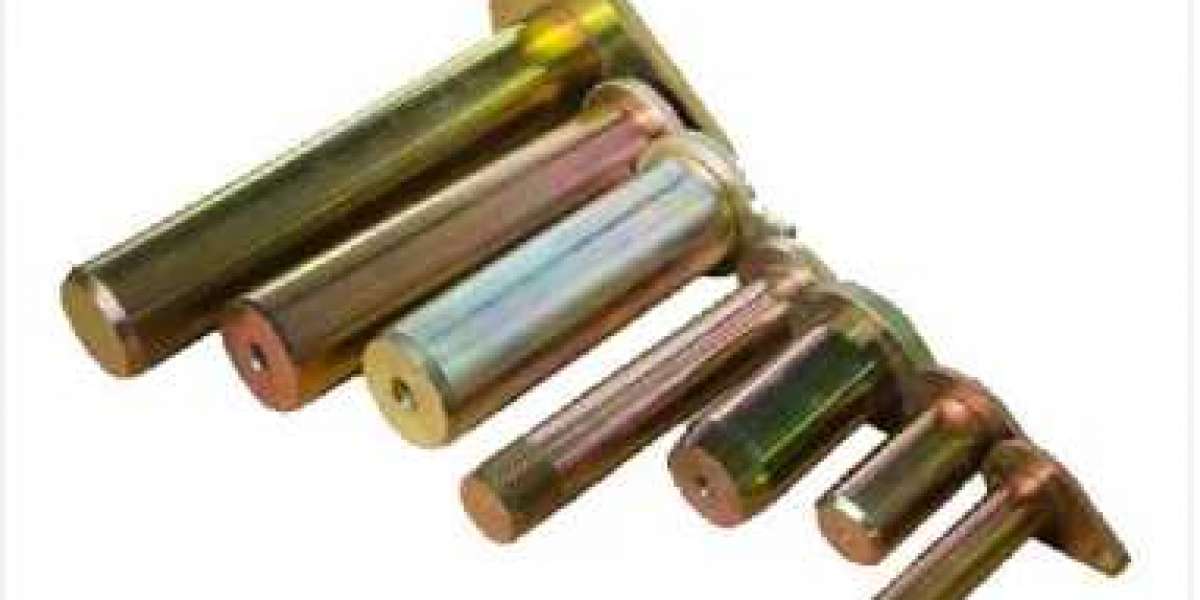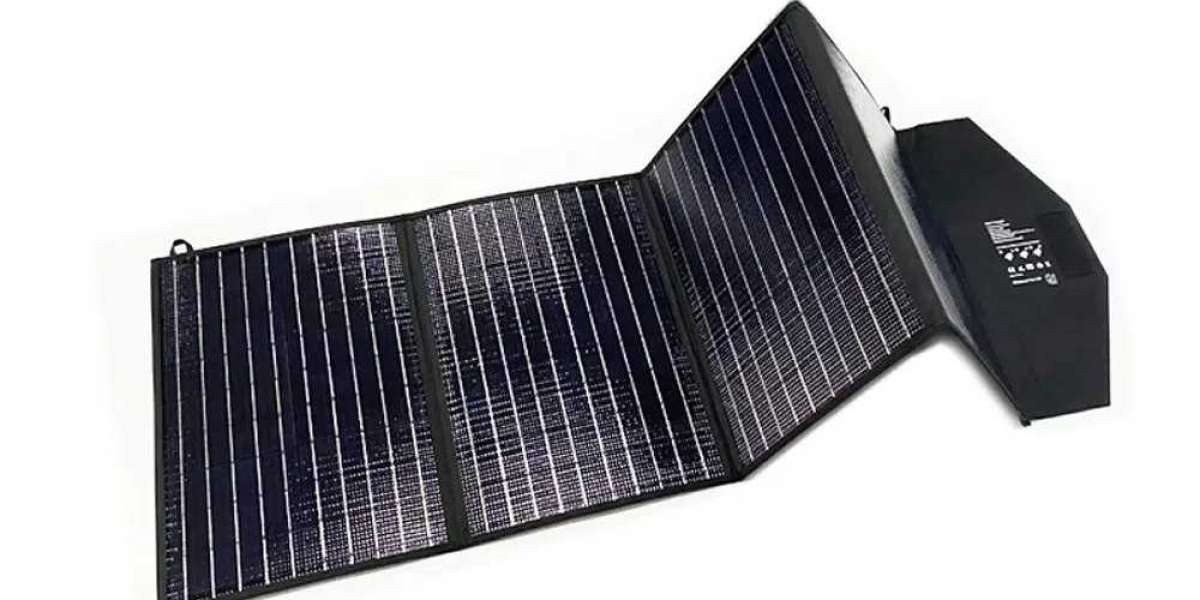The construction machinery boom pin plays a critical role in ensuring the stability and functionality of heavy equipment. Understanding the importance of this component is essential for maintaining safety and efficiency on construction sites. This blog post delves into the significance of the boom pin, exploring its function, common issues, maintenance tips, and replacement considerations within the construction industry. By shedding light on this vital aspect of construction machinery, professionals can enhance their knowledge and practices to promote safer working environments and prolong the lifespan of equipment.
Understanding the Function of Boom Pins
Securing Machine Components
Construction machinery boom pins play a crucial role in securing various machine components together. These pins are designed to withstand heavy loads and ensure that the boom, bucket, or arm stay connected during operation. Imagine a large excavator lifting heavy debris - it's the sturdy boom pin that keeps everything stable and safe.
Construction equipment like cranes, excavators, and bulldozers rely on boom pins for stability. Without these pins securely holding components in place, there would be a significant risk of accidents due to parts coming loose during operation. The strength and durability of boom pins are essential for maintaining safety on construction sites.
Withstanding Heavy Loads
The primary function of construction machinery boom pins is to endure immense pressure and weight. As machines lift heavy materials or dig through tough terrain, the boom pin bears the brunt of these forces without failing. It ensures that even under extreme conditions, the equipment operates smoothly and efficiently.
These robust pins, often made from high-strength steel alloys or similar materials, provide structural integrity to construction machinery. Their ability to handle substantial loads safeguards against potential breakdowns or malfunctions during demanding tasks. For example, when a crane extends its boom to lift heavy loads at great heights, it's the reliable boom pin that supports this operation.
Allowing for Articulation
In addition to securing components and withstanding heavy loads, another critical function of construction machinery boom pins is enabling articulation. This means they facilitate movement between different parts of the machine while maintaining stability throughout various angles and positions.
Articulation is vital for machines like backhoes or excavators that require flexibility in their movements while performing tasks such as digging trenches or moving material from one location to another. The design of boom pins, allowing controlled articulation without compromising safety or performance ensures efficient operations on construction sites.
Importance of Choosing the Right Boom Pin Material
Material Durability
Construction machinery boom pins are crucial components that hold various parts together. The material choice for these boom pins directly impacts their durability. Using a high-quality material ensures that the pin can withstand heavy loads and constant movement without wearing out quickly.
Selecting the appropriate boom pin material is essential to prevent premature wear and tear on the construction equipment. For instance, opting for a low-grade material might lead to frequent replacements due to accelerated deterioration from regular use. Conversely, choosing a robust material increases the longevity of the boom pin, reducing maintenance costs in the long run.
Application-Based Selection
When deciding on the right material for boom pins, it's vital to consider the specific application of the construction machinery. Different environments and tasks require varying levels of strength and resilience from these components. For heavy-duty applications where equipment faces intense vibrations or extreme pressures, materials like alloy steel or hardened steel are ideal choices due to their superior strength properties.
In contrast, lighter machinery may not necessitate such robust materials, allowing for options like stainless steel or aluminum alloys which offer adequate durability without unnecessary weight. Tailoring the boom pin material selection based on its intended use ensures optimal performance and minimizes potential failures during operation.
Different Types of Boom Pins and Their Uses
Clevis Pins for Rotational Movement
Clevis pins are commonly used in construction machinery to allow rotational movement. These pins have a head at one end and a drilled hole through the other, secured with a cotter pin. Clevis pins are crucial in applications where components need to pivot or rotate around an axis. For instance, they are often utilized in excavator buckets to enable the bucket's movement for digging.
Enable rotational movement
Secured with cotter pin
Used in excavator buckets
Shoulder Pins for Load Distribution
Shoulder pins feature a larger diameter section that acts as a stopper against which different machine parts can rest. The shoulder part helps distribute loads evenly across the pinned joints, preventing excessive stress on specific areas. In heavy-duty equipment like cranes, shoulder pins play a vital role in supporting significant weights while ensuring structural integrity.
Distribute loads evenly
Prevent excessive stress
Support heavy weights
Tapered Pins for Alignment
Tapered pins are designed to fit into tapered holes, providing precise alignment between connected components. These types of boom pins ensure accurate positioning and alignment of parts within construction machinery assemblies. By eliminating any potential misalignment issues, tapered pins contribute to smoother operation and enhanced overall performance.
Key Attributes of Effective Boom Pins
High Tensile Strength
Boom pins in construction machinery require high tensile strength to withstand heavy loads and prevent breakage. These pins endure immense pressure during operations, making durability a top priority. Manufacturers use materials like alloy steel or carbon steel to ensure the boom pin can handle the stress without bending or snapping. For example, excavators rely on boom pins with high tensile strength to support the weight of attachments like buckets or hydraulic breakers securely.
Effective boom pins must possess corrosion resistance, as exposure to various elements can lead to rust and deterioration over time. Coatings such as zinc plating or galvanization help protect the pin from moisture, chemicals, and other corrosive agents present at construction sites. By preventing corrosion, these coatings extend the lifespan of boom pins and ensure they remain strong and reliable throughout their usage.
Precision in Manufacturing
The precision in manufacturing boom pins is crucial for ensuring proper fit and function within construction equipment. Even minor deviations in size or shape can lead to misalignment issues, affecting the overall performance of the machinery. Advanced machining techniques like CNC (Computer Numerical Control) are often employed to achieve tight tolerances during production. This precision guarantees that each boom pin meets exact specifications, allowing for seamless operation within the equipment.
High Tensile Strength
Essential for withstanding heavy loads
Materials like alloy steel used for durability
Corrosion Resistance
Protects against rust and deterioration
Coatings like zinc plating extend lifespan
Precision in Manufacturing
Tips for Replacing Worn Out Boom Pins
Regular Inspections
Inspecting the construction machinery boom pin regularly is crucial to prevent unexpected failures. Look for signs of wear and tear, such as cracks or deformities, during routine maintenance checks. By catching issues early on, you can avoid costly repairs and downtime.
Regular inspections also help ensure that the right boom pin is used for replacement. Using the correct size and type of pin is essential for maintaining the structural integrity of the equipment. Always refer to the manufacturer's specifications to guarantee a proper fit.
Proper Tools and Techniques
When replacing a worn-out boom pin, it's vital to use the right tools for the job. Avoid using makeshift tools that can damage both the pin and surrounding components. Invest in high-quality tools designed specifically for removing and installing pins safely.
Follow proper techniques when removing and installing boom pins to prevent accidents or damage to the equipment. Apply lubricants as needed to facilitate smooth removal and installation processes without causing unnecessary strain on components.
Manufacturer Guidelines Compliance
Adhering strictly to manufacturer guidelines during boom pin replacement ensures optimal performance and safety standards are met. Manufacturers provide detailed instructions on how to replace parts correctly, including torque specifications and recommended procedures. Always consult these guidelines before starting any replacement work.
Importance of Proper Maintenance for Boom Pins
Lubrication Extends Lifespan
Boom pins play a crucial role in the functionality of construction machinery. Proper maintenance is essential to ensure these pins operate smoothly and efficiently. One key aspect of maintaining boom pins is regular lubrication. Applying grease or oil helps reduce friction between moving parts, extending the lifespan of the boom pin.
Regularly greasing boom pins creates a protective barrier that prevents excessive wear and tear caused by friction. By following the manufacturer's guidelines on lubrication frequency, you can significantly prolong the life of your construction machinery's boom pins. For instance, greasing every 50 hours of operation can prevent premature damage and costly repairs.
Keep Pins Clean from Debris
In addition to lubrication, keeping boom pins clean from debris is vital for their optimal performance. Dirt, dust, and other particles can accumulate around the pin area, leading to increased friction and potential damage over time. Regularly cleaning the boom pin area with a brush or compressed air can help prevent debris buildup.
Inspecting the pin area after each use allows you to identify any signs of dirt accumulation early on before it causes significant issues. By incorporating this simple cleaning routine into your maintenance schedule, you can avoid unnecessary wear on the boom pin and ensure smooth operation during construction projects.
Aftermarket Solutions for Boom Pins and Bushings
Cost-effective Alternatives
When replacing construction machinery boom pins, opting for aftermarket solutions can be a cost-effective choice. These alternatives are typically more budget-friendly compared to purchasing original equipment manufacturer (OEM) parts. Despite the lower price, it is crucial to ensure that the aftermarket boom pins and bushings are of high quality to prevent premature wear and tear on the equipment.
Aftermarket options often provide a wide range of bushing accessories compatible with various construction machinery models. This versatility allows operators to find suitable replacements for different types of equipment, offering flexibility in maintenance choices. However, it is essential to verify compatibility thoroughly before making a purchase to avoid any issues during installation or operation.
Quality and Warranty Considerations
When selecting aftermarket construction machinery boom pins and bushings, prioritizing quality is paramount. Ensuring that the replacement parts meet industry standards will help maintain the performance and longevity of the equipment. Reputable manufacturers may offer warranties on their aftermarket products, providing customers with added peace of mind regarding product durability.
Investing in Quality Boom Pins for Safety and Efficiency
Reducing Downtime with Quality Boom Pins
Investing in high-quality boom pins is crucial for ensuring the smooth operation of construction machinery. By using durable and reliable boom pins, construction companies can significantly reduce downtime. When inferior quality boom pins break or malfunction, it can lead to costly delays in projects. Boom pins that are built to last can withstand heavy usage without failing, keeping operations running smoothly.
Quality boom pins contribute to a safer working environment on construction sites. Ensuring that all components of the machinery are sturdy and dependable reduces the risk of accidents caused by equipment failure. Imagine a scenario where a boom pin snaps while lifting heavy materials - this could result in injuries to workers or damage to property. Prioritizing safety through investing in top-notch boom pins helps prevent such hazardous situations from occurring.
Long-Term Cost Savings with Durable Boom Pins
While initially, high-quality boom pins may come at a higher price point than their lower-quality counterparts, they offer long-term cost savings. Durability is key. Opting for robust boom pins means less frequent replacements are needed, saving money on maintenance costs in the long run.
Summary
Choosing the right boom pin material, understanding their types and uses, ensuring proper maintenance, and investing in quality replacements are crucial steps in enhancing construction machinery efficiency and safety. By prioritizing these aspects, construction professionals can minimize downtime, reduce risks of accidents, and prolong the lifespan of their equipment. Implementing aftermarket solutions when needed can also provide cost-effective alternatives without compromising on performance. Remember, proactive maintenance and informed decision-making regarding boom pins are fundamental for optimal operational outcomes.
Investing time and resources into understanding and implementing best practices for boom pins is not just a matter of convenience but a critical aspect of ensuring worksite safety and efficiency. By following the guidelines outlined in this article, construction teams can significantly improve their equipment's performance while safeguarding against potential hazards. Take action today to secure a more productive and secure construction environment.
Frequently Asked Questions
What are boom pins in construction machinery?
Boom pins are crucial components that secure the boom to the equipment, allowing for proper movement and stability during operation.
Why is choosing the right material important for boom pins?
Selecting the correct material ensures durability, strength, and longevity of boom pins, ultimately contributing to safe and efficient machinery performance.
What are some common types of boom pins used in construction equipment?
Various types include clevis pins, quick-release pins, and threaded pins - each designed for specific applications based on their unique characteristics.
How can one identify worn-out boom pins?
Visual inspection for signs of wear such as corrosion, deformation or excessive clearance between mating parts can indicate a need for replacement.
Why is proper maintenance essential for prolonging the lifespan of boom pins?
Regular maintenance tasks like lubrication and inspections help prevent premature wear and damage to ensure optimal functionality and safety on-site.








